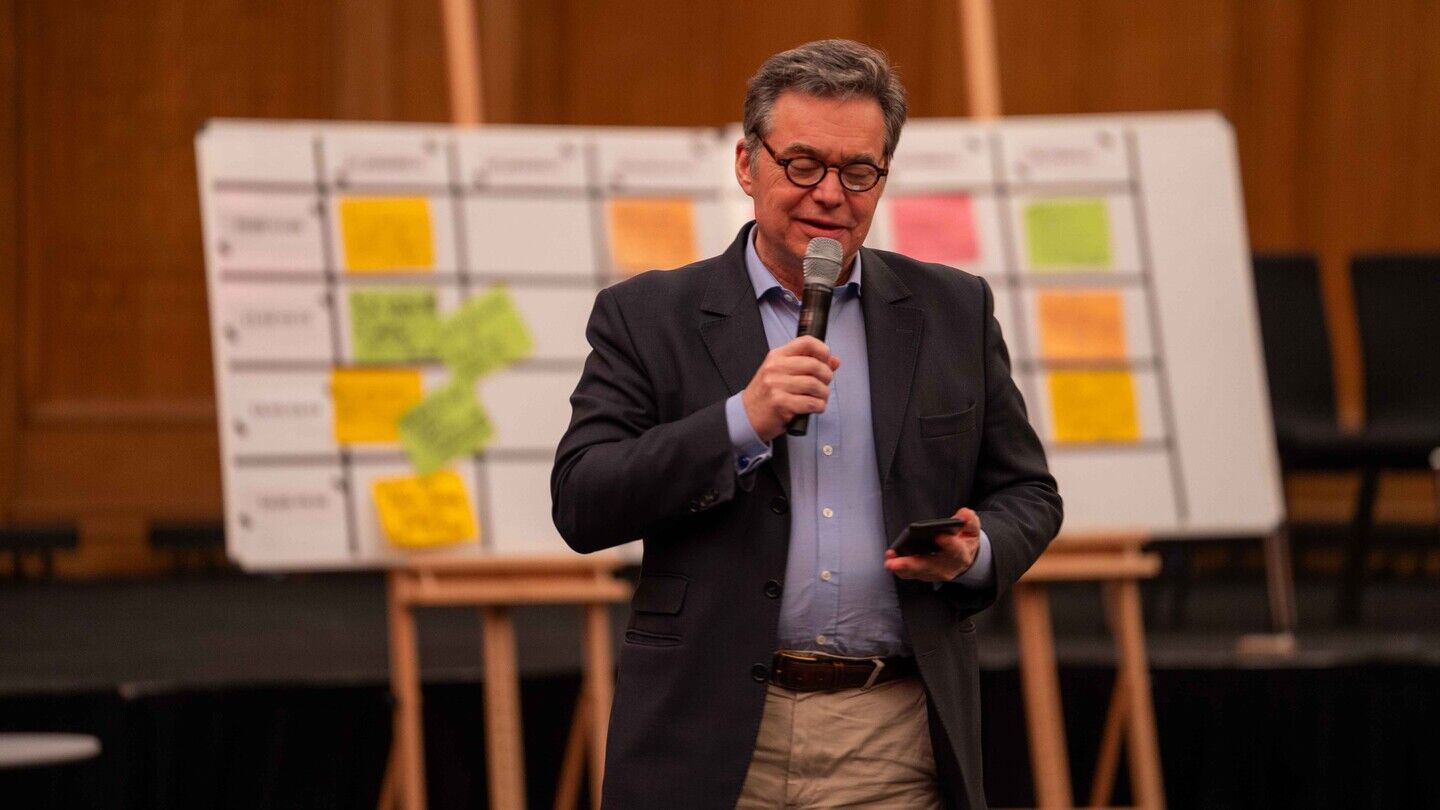Vincent Grivet, Chairman of the HbbTV Association, reveals how a new digital rights management (DRM) specification will enable the reliable and secure delivery of premium content via HbbTV-based services, especially for applications approaching the complexity and content protection demands of video-on-demand (VOD) platforms.
The Hybrid Broadcast Broadband TV (HbbTV) Association, an initiative of approximately 80 global members, recently announced a new specification for the integration of digital rights management (DRM) in HbbTV implementations and services.
This update was reportedly necessitated by the industry’s unfinished, ad-hoc integration with DRM. Led separately by several countries and markets, HbbTV/DRM integration activity became discordant and technical issues arose.
You are not signed in
Only registered users can read the rest of this article.

Touch the future: Immersive video will soon make its presence felt
As XR devices become more accessible and 6G wireless systems emerge, we’ll move from simply watching video to stepping inside it.

Securing the media supply chain: Protecting trust from lens to cloud
Today’s rapidly evolving media production technologies have enabled a new wave of creative workflows. With them comes a tsunami of corresponding infrastructure vulnerabilities.

From broadcast to braincast: A new frontier for AI-powered advertising
From neural interfaces to adaptive AR, brands may soon be capable of delivering messages that respond to real-time brain activity – creating powerful opportunities for engagement, but also raising critical questions about ethics, privacy, and trust. David Howell reports.

Can genAI unlock ad revenue for cash-strapped broadcasters?
The first AI-created adverts are coming to TV as broadcasters look to compete with social media. ITV and Channel 4 explain why they are now scaling up.

5G in broadcast: Standalone capacity to expand broadcasters' horizons
After a few years of stagnation, there are indications that 5G could soon begin to realise its considerable potential for live broadcast, writes David Davies.




